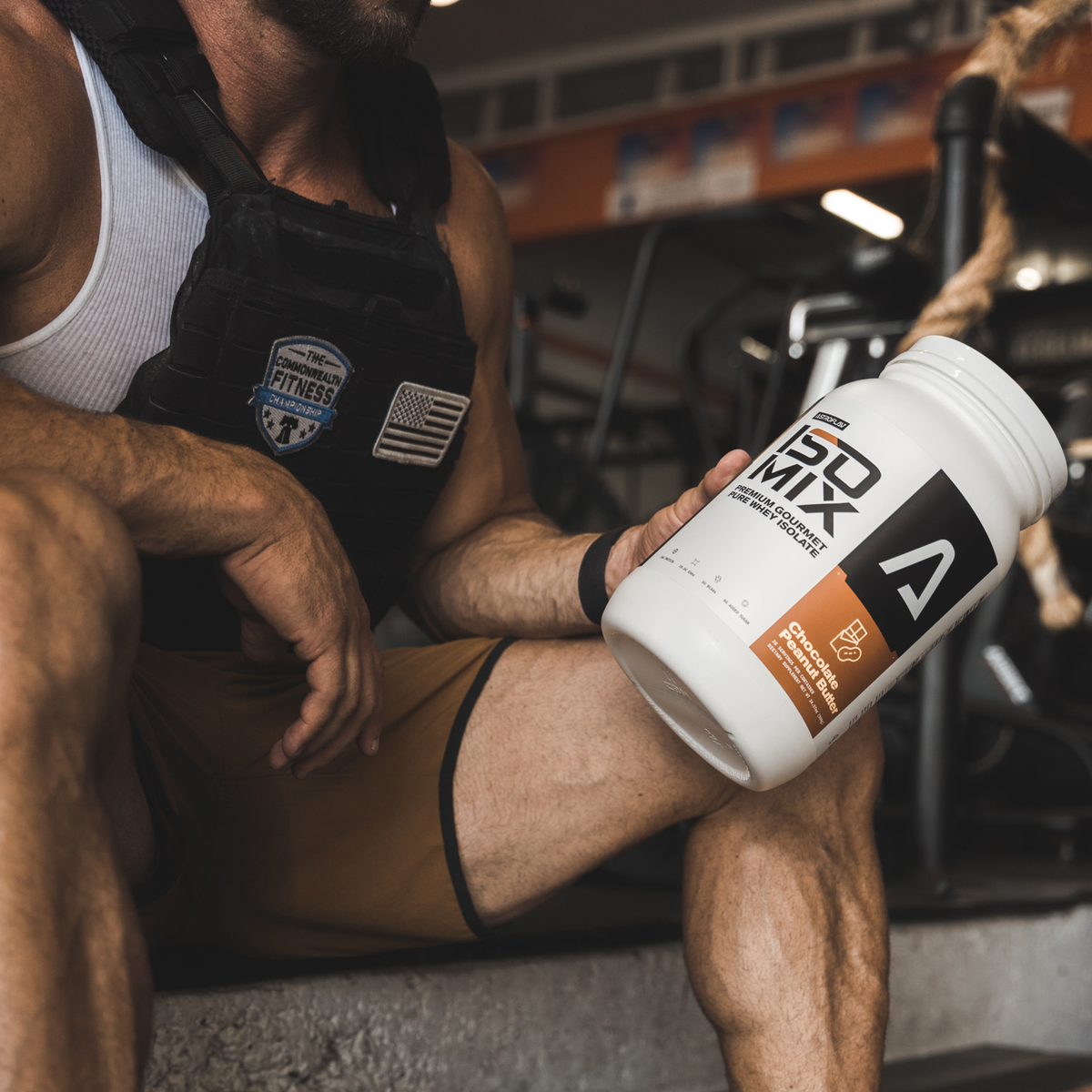
Understanding Heart Rate Zones & How They Impact Your Training
Understanding your heart rate zones can be a game-changer in your fitness and/or running journey. This can offer precise insights into how your body responds to different levels of exertion. Whether you're a seasoned athlete or just starting out, knowing your heart rate zones can help optimize your training, improve cardiovascular health, and achieve your fitness goals more efficiently. In this article, we’ll dive into the science behind heart rate zones, explain their significance, and show you how to harness this knowledge to enhance your workouts and overall well-being. Keep reading to learn the vital connection between heart rate zones and effective training!
What Are Zones?
Zones are essentially short for 'heart rate zones.' These zones are classified on effort ranges based on your heart rate. In other words, they measure how hard you're working. Zone 1 (Z1) represents light effort, while Zone 5 (Z5) indicates maximum effort.
These zones help athletes and fitness enthusiasts tailor their training to optimize energy use, enhance performance, and achieve specific fitness goals. By training within different zones, you can effectively burn fat, build endurance, and improve cardiovascular health, making your workouts more efficient.
Why Are Zones Important?
Heart rate zones are essential for optimizing your training and achieving specific fitness goals. Training within the appropriate heart rate zone helps you target different aspects of your cardiovascular and muscular systems, enhancing overall efficiency and performance.
For instance, working out in Zone 2, which is 60-70% of your maximum heart rate, is ideal for building aerobic endurance and enhancing fat metabolism without causing undue stress on your body.
Furthermore, higher zones, like Zone 4 (85-90% of maximum heart rate), are crucial for improving speed and anaerobic capacity. Training in these higher zones enables your body to better utilize carbohydrates for energy and withstand higher levels of lactic acid, thus pushing your anaerobic threshold higher.
By understanding and utilizing heart rate zones effectively, you can tailor your workouts to avoid overtraining, reduce the risk of injury, and make steady progress toward your fitness goals.
The Five Training Zones:
Heart rate training is divided into five zones, each targeting different aspects of fitness and energy utilization.
-
Zone 1 (50-60% of maximum heart rate):
Ideal for warm-ups, cool-downs, and recovery, this zone helps improve overall cardiovascular health without straining the body.
-
Zone 2 (60-70%):
Known for enhancing aerobic capacity and fat metabolism, this zone is perfect for longer, steady-state workouts.
-
Zone 3 (70-80%):
This moderate intensity zone boosts cardiovascular fitness and aerobic power.
-
Zone 4 (80-90%):
High-intensity training in this zone increases anaerobic capacity and improves speed.
-
Zone 5 (90-100%):
Reserved for maximum effort, this zone enhances peak performance and is used for short, intense bursts of activity.
Understanding and utilizing these zones effectively can help tailor your training to achieve specific fitness goals, improve performance, and prevent overtraining.

How Do I Find My Zones?
Understanding your heart rate training zones is crucial for effective fitness progress - these zones help tailor your workouts to achieve specific goals such as fat burning or improving cardiovascular endurance.
Determining your zones begins with calculating your maximum heart rate, which can be estimated using formulas based on age or through fitness tests. Once your maximum heart rate is established, you can define specific zones—such as endurance, tempo, and threshold—each targeting different aspects of fitness from aerobic base building to lactate threshold improvement. By training within these zones, athletes can tailor their workouts to achieve specific goals more effectively, whether aiming for increased endurance, speed, or overall cardiovascular fitness.
Zones can look different from person to person and can vary different heart rate ranges; however, below is a general guideline:
Zone 1 (50-60% of maximum heart rate):
-
Heart rate: 50-65% of max HR (90-117 bpm for max pf 180)
-
Effort: 2-3/10. Breathing is easy and comfortable to have conversation. Endurance feels that you could go all day.
Zone 2 (60-70%):
-
Heart rate: 65-80% of max HR
-
Effort: 3-4/10. Breathing is steady and can still complete sentences. Endurance is steady, slightly moderate.
Zone 3 (70-80%):
-
Heart rate: 80-85% of max HR
-
Effort: 4-6/10. Aerobic state - getting harder to have conversation. Endurance is moderate but getting more challenging.
Zone 4 (80-90%):
-
Heart rate: 85-92% of max HR
-
Effort: 6-7/10. Lactate threshhold - hard sustained effort.
Zone 5 (90-100%):
-
Heart rate: 92-100% of max HR
-
Effort: 8-10/10. High-intensity - Very hard effort, reserved for intervals and sprints.
Where Should I Start?
Determining where to begin with heart rate training zones involves understanding the calculation methods and practical applications provided in resources on the subject.
Start by calculating your maximum heart rate using established formulas based on age or conducting a fitness test for more accurate results. Once your maximum heart rate is known, identify the specific heart rate zones that align with your fitness goals—ranging from moderate to vigorous intensities.
Understanding how these zones impact training is crucial for optimizing endurance, speed, and overall cardiovascular health. By starting with a clear understanding of your maximum heart rate and the corresponding training zones, you can tailor your workouts effectively to achieve desired fitness outcomes.
Summary
In summary, heart rate training zones categorize intensity levels essential for optimizing running and endurance training. By understanding and utilizing these zones—ranging from recovery to maximal effort—athletes can tailor their workouts effectively to achieve specific goals such as building endurance, improving speed, and enhancing overall cardiovascular fitness.
This structured approach not only maximizes performance gains but also ensures balanced training that supports long-term athletic development and health.

Bret Gorniks Top Picks:





